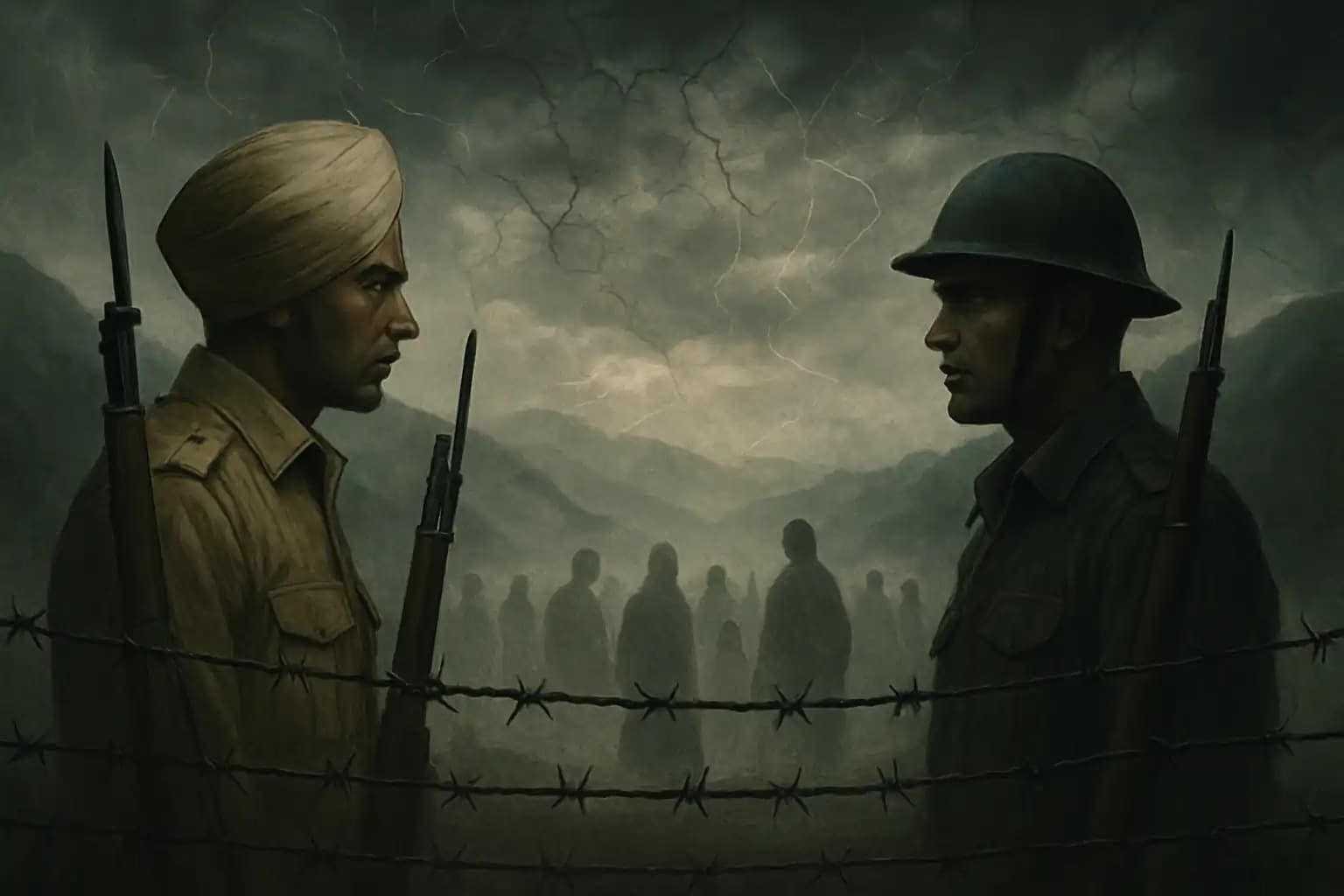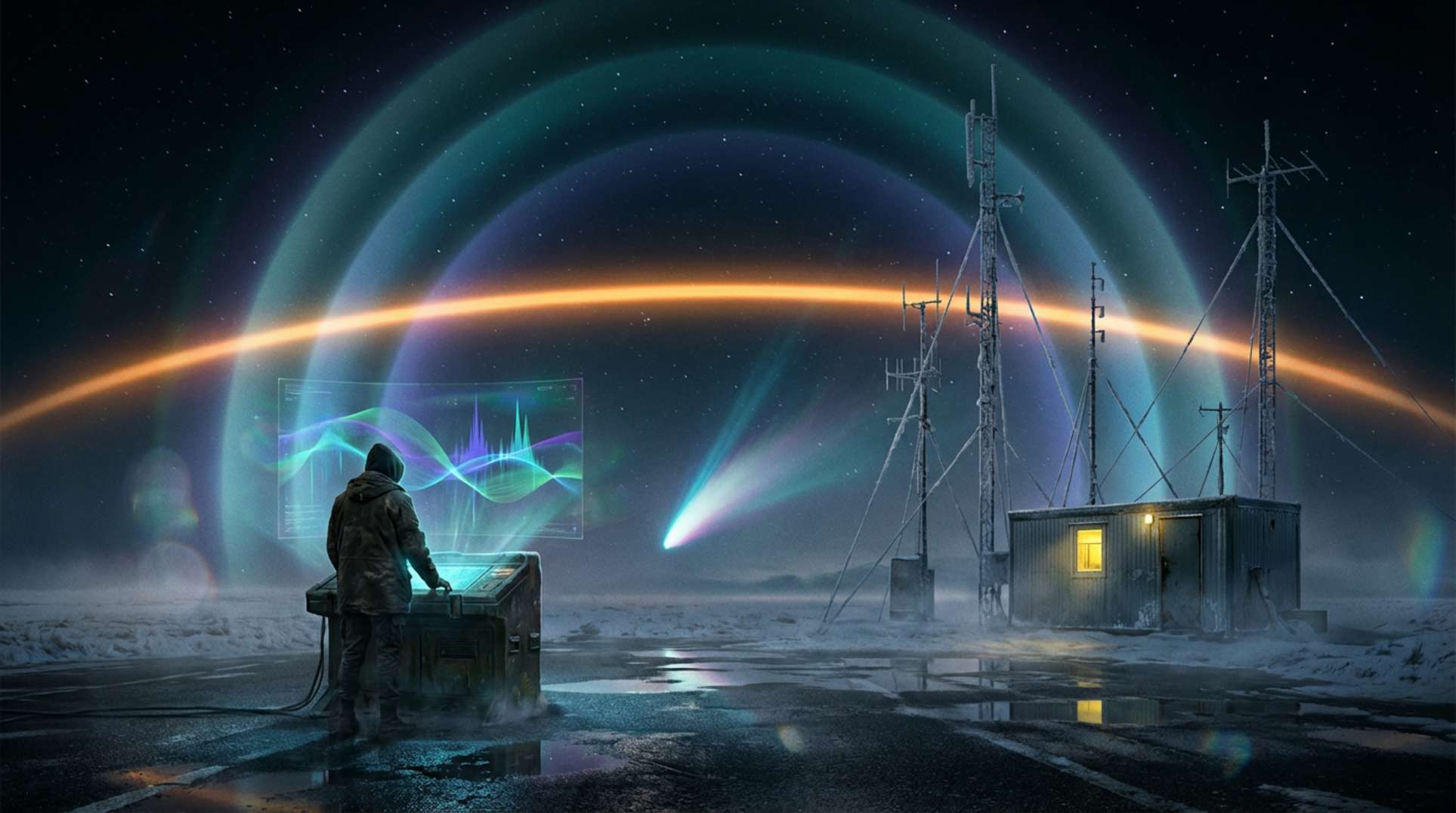The saga of India and Pakistan stems from a fractured history, unyielding geography, and persistent distrust. Professor Kapil Kumar argues that history repeats itself. With each series of accusations and artillery exchanges, the shadows of British colonialism and the flawed 1947 partition resurface, haunting the subcontinent. The Indian voices provide insights grounded in historical facts, dealing with terrorism, and facing new nuclear threats. The conflict over Kashmir and the tense border is old, yet each generation finds fresh stakes.
In a conversation with Patrick Lancaster, Kumar gives an unapologetic view of India: a nation militarily prepared and geopolitically braced, unwilling to rewrite or forget past tragedies as alliances and threats evolve in real time.
Kashmir: The Core of the Conflict
Kashmir remains the most volatile fault line between India and Pakistan, originating from the dissolution of British India in 1947. According to Wikipedia’s Kashmir conflict entry, princely states could choose between India and Pakistan during partition. Kashmir’s Hindu ruler acceded to India under the threat of invasion, initiating decades of wars, UN interventions, and popular unrest. The region is intensely contested, with one of the world’s most militarized borders—the status serves as a catalyst for ongoing conflict, especially as both sides escalate rhetoric after every flare-up or terrorist attack. The Kashmir dispute is not only about land; it represents an unhealed, intergenerational wound.
Professor Kumar views this not merely as a territorial contest but as a consequence of British manipulation and ongoing Pakistani interference, often through groups that Delhi labels as terrorists. It’s a battle for identity, sovereignty, and historical legitimacy, a reality highlighted by international flashpoints where perception often supersedes truth.
Partition and British Colonial Legacy: Endless Reverberations
The British withdrawal in 1947, leading to the partition of India and Pakistan, was more than a bureaucratic reorganization. It incited one of modern history’s largest mass migrations, displacing up to 15 million people and resulting in hundreds of thousands of deaths due to communal violence. These scars are evident in everyday distrust and high-level disputes about sovereignty and borders. As discussed in The Washington Post’s analysis on Kashmir’s legacy, the poorly drawn lines created by weary colonial officials failed to align with ethnic realities, leaving minorities isolated and stirring ongoing grievances.
In Kumar’s perspective, London’s arbitrary partition laid the groundwork for future Pakistani aspirations in Kashmir and left unresolved issues with lasting repercussions. This tumult parallels other instances where border manipulation or lost civilizations generate perpetual instability. In the subcontinent, it serves as a continuous pretext for proxy wars and diplomatic confrontations. The realities in such disputes are consistently disputed, but their consequences are all too tangible.
Terrorism and Proxy Warfare: An Indian Perspective on Ongoing Threats
For many Indians, terrorism is not just a tactic; it’s a persistent strategy used by Pakistan to destabilize Kashmir. Professor Kumar emphasizes decades of insurgency, military confrontations, and the role of groups supported—or at least tolerated—by Pakistan’s deep state. The Indian media frequently links cross-border activity to global nuclear anxieties and strategic brinkmanship. This narrative resonates in widespread outrage and policy: New Delhi views its northern frontier as more than a flashpoint; it’s a proving ground where vigilance costs lives.
Kumar believes that cycles of violence mirror larger patterns of deep-state machinations, where public anxiety drives both defensive strategies and readiness to escalate. Pakistan’s public nuclear threats, dubbed the “nuclear bluff,” evoke a complex mix of disdain and caution in Delhi—this tension escalates whenever conditions in Kashmir worsen or global events encourage risk-taking.
Geopolitics, Military Preparedness, and the Dangers of Escalation
India’s military capabilities have evolved since the years immediately following independence. Recognizing regional volatility and global significance, India has invested heavily in border security, surveillance, and rapid response forces to avert surprise attacks. As Kumar notes, this modernization aligns with a geopolitical shift that acknowledges threats from various shadowy sources, including the resurgence of the Taliban and AI-driven psychological tactics.
These developments reflect national trends in utilizing technology—and perceptions—to unsettle rivals, as highlighted in this report on AI chip advancements. The real danger lies in miscalculations that could ignite broader conflicts—a concern that haunts every Indian military debriefing or diplomatic conversation. Although rooted in 1947, these disputes remain painfully salient due to shifting power dynamics and an ever-present willingness to threaten nuclear escalation amid regional crises or the rise of non-state actors like the Taliban.
History Reclaimed: Context, Perspective, and the Unfinished Story
The most significant takeaway from Kumar’s analysis is the lasting weight of history. India views its conflict with Pakistan as more than a simple border dispute; it’s a persistent wound inflicted by rushed decolonization, manipulated by external actors, and continually aggravated by proxy conflicts. Like many unresolved global issues, the Indo-Pakistani divide is shaped as much by myth and historical grievances as by military forces or treaties. Similar to vanished civilizations, legendary structures, or the enduring mysteries of borderlands described in this exploration of unexplained global phenomena, context is crucial—and closure remains elusive.
For those seeking deeper insights and challenging questions about global conflicts, shifting alliances, and history’s recurring patterns, visit Unexplained.co. This world rarely sees final answers—only new chapters and evolving front lines.





